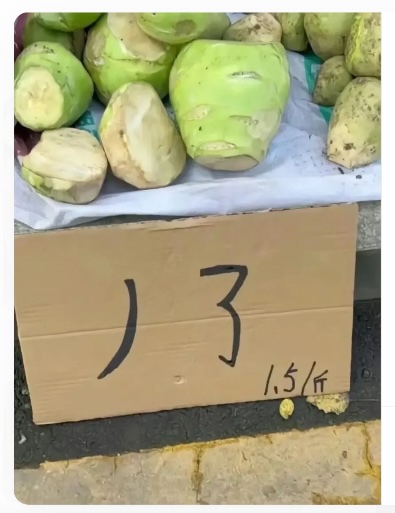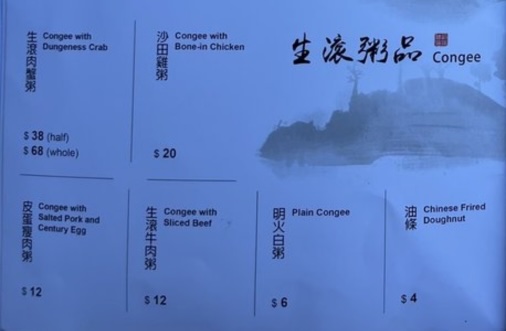Americanisms in the OED
One of my favorite diversions is looking at old photographs of James Murray (1837-1915), chief editor of the OED, and his cohort working away in their scriptorium, "a shed in Murray’s back garden in Oxford".
What a bunch of committed eccentrics! That includes Sarah Ogilvie, who worked at the OED for awhile and wrote this article:
When American Words Invaded the Greatest English Dictionary
Slips of paper with peculiar regional terms like ‘huckleberry’ and ‘cottondom’ crossed the Atlantic to Oxford and into the pages of a 70-year lexicographical project
WSJ (11/10/23)
I am so much in awe and admiration of these quaint, quirky, quixotic lexicographers buried amongst their millions of 4" X 6" quotation slips stuffed in more than a thousand pigeon hole grids that line the walls of their corrugated metal outbuilding that I wish I could quote this entire, wonderful piece, but that would not be acceptable according to the normal rules and practices of Language Log, so I will simply pick and choose several of the more colorful passages.
Read the rest of this entry »






